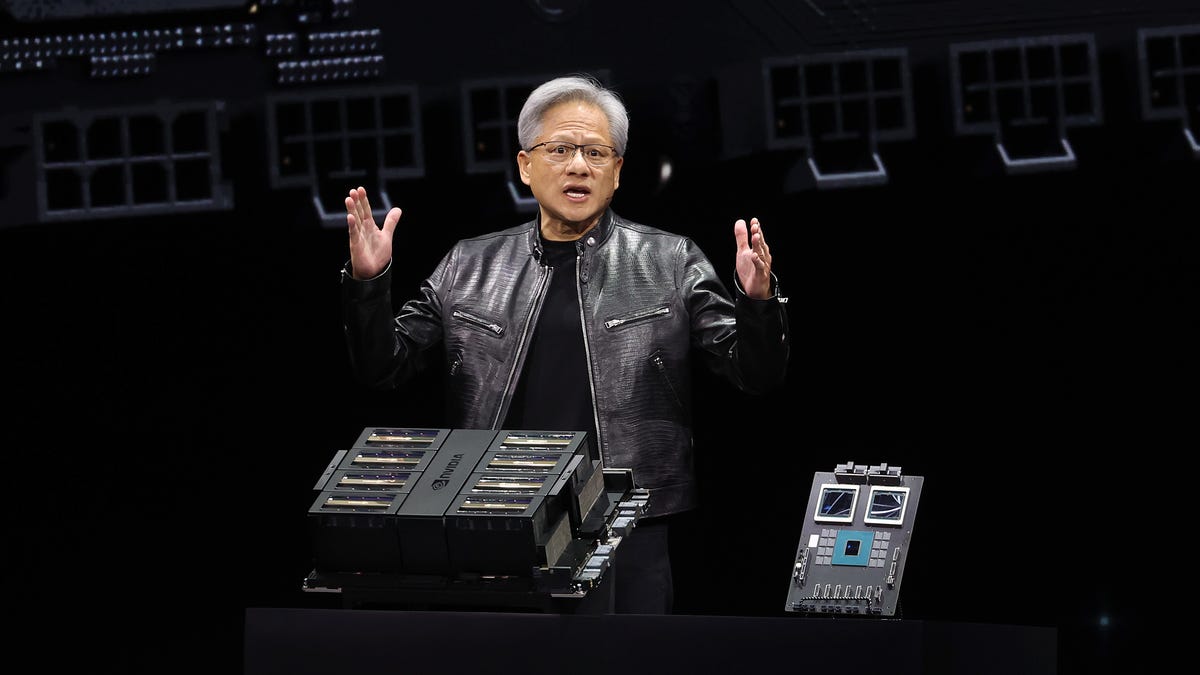World
Nvidia just passed Microsoft and is now the most valuable company in the world

Nvidia recently joined Apple and Microsoft in the $3 trillion market cap club — and now it’s passed both companies to become the most valuable public company by market cap in the world.
The chipmaker’s shares were up 3.2% in mid-day trading on Tuesday, boosting its market cap to $3.33 trillion. Meanwhile, Microsoft’s market cap is currently at $3.32 trillion, and Apple’s is at $3.28 trillion. Nvidia’s stock is up 181.7% so far this year.
Earlier this month, Nvidia briefly passed Apple in total market cap, reaching the $3 trillion threshold for the first time. In February, Nvidia became the first semiconductor company to reach a $2 trillion valuation after it reported record fourth-quarter earnings.
In May, Nvidia beat Wall Street’s expectations, reporting record first-quarter revenue of $26 billion for fiscal year 2025 — up 262% from the previous year. After its first-quarter earnings report, Nvidia’s stock price opened above $1,000, but it has since initiated a 10-for-1 stock split.
Nvidia’s Hopper chips, which are used for training and inferencing some of the world’s most powerful artificial intelligence models, have propelled the company’s revenue and value amid the generative AI boom. In March, Nvidia unveiled Hopper’s successor, Blackwell, which it said will start shipping in the second quarter of this year, and be with customers in the fourth quarter. Nvidia chief executive Jensen Huang said the company will see revenue from its Blackwell AI platform this year.
Earlier this month, Huang announced Blackwell’s successors, the Blackwell Ultra chip for 2025, and next-generation AI chip platform, Rubin, coming in 2026. He said Nvidia plans to announce new chips on a “one-year rhythm.”








